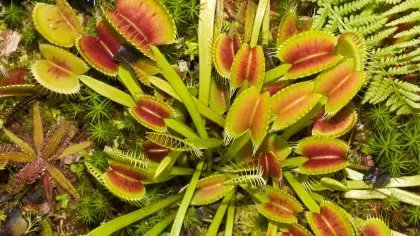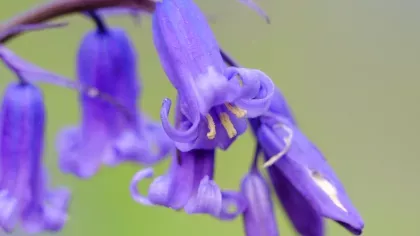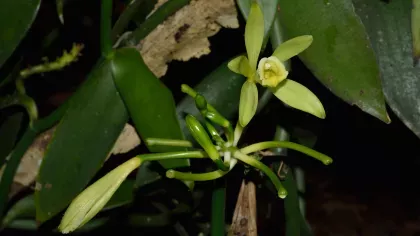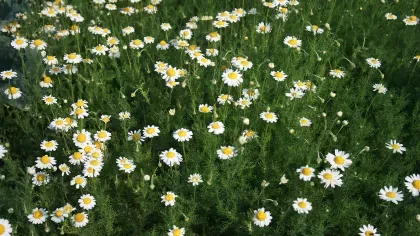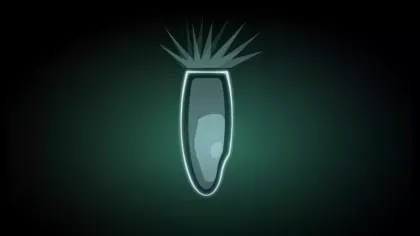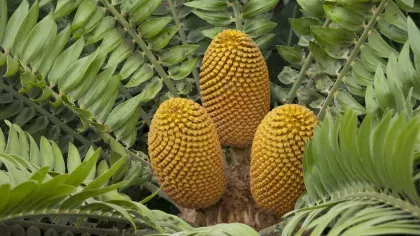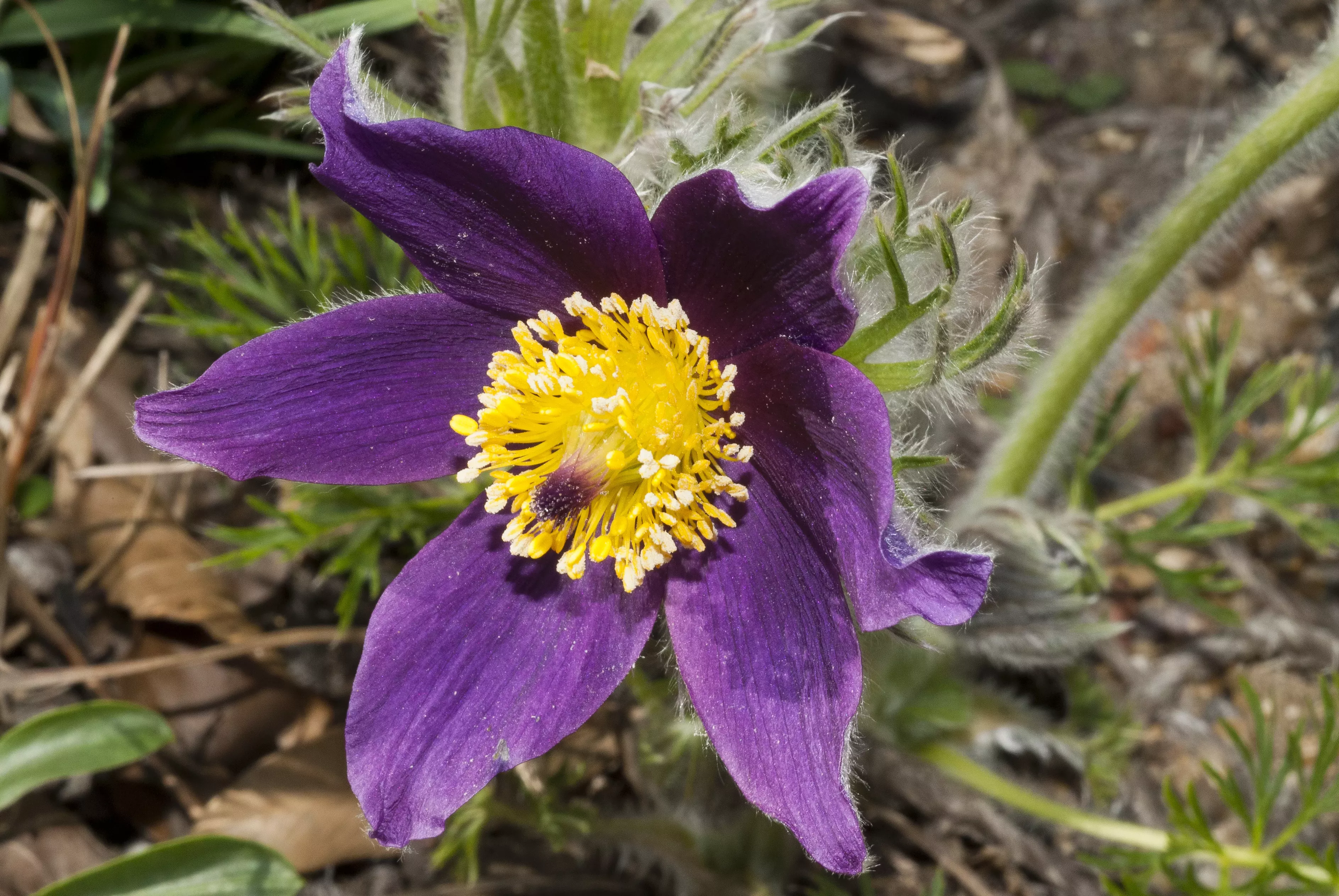
Pasqueflower
On this page
Dashes of purple pasqueflowers are one of the great wildflower spectacles.
They are now a rare sight in the UK due to the destruction and degradation of their chalk grassland habitat as a result of land-use changes and reduced grazing.
Banking its seeds in Kew’s Millennium Seed Bank is a vital step to protecting this precious plant.
Plant description
The pasqueflower is a herb. It has clumps of long, silver-grey leaves that are silky when young. Its bell-shaped, hairy, violet flowers are erect or nodding and are followed by silky seed-heads.
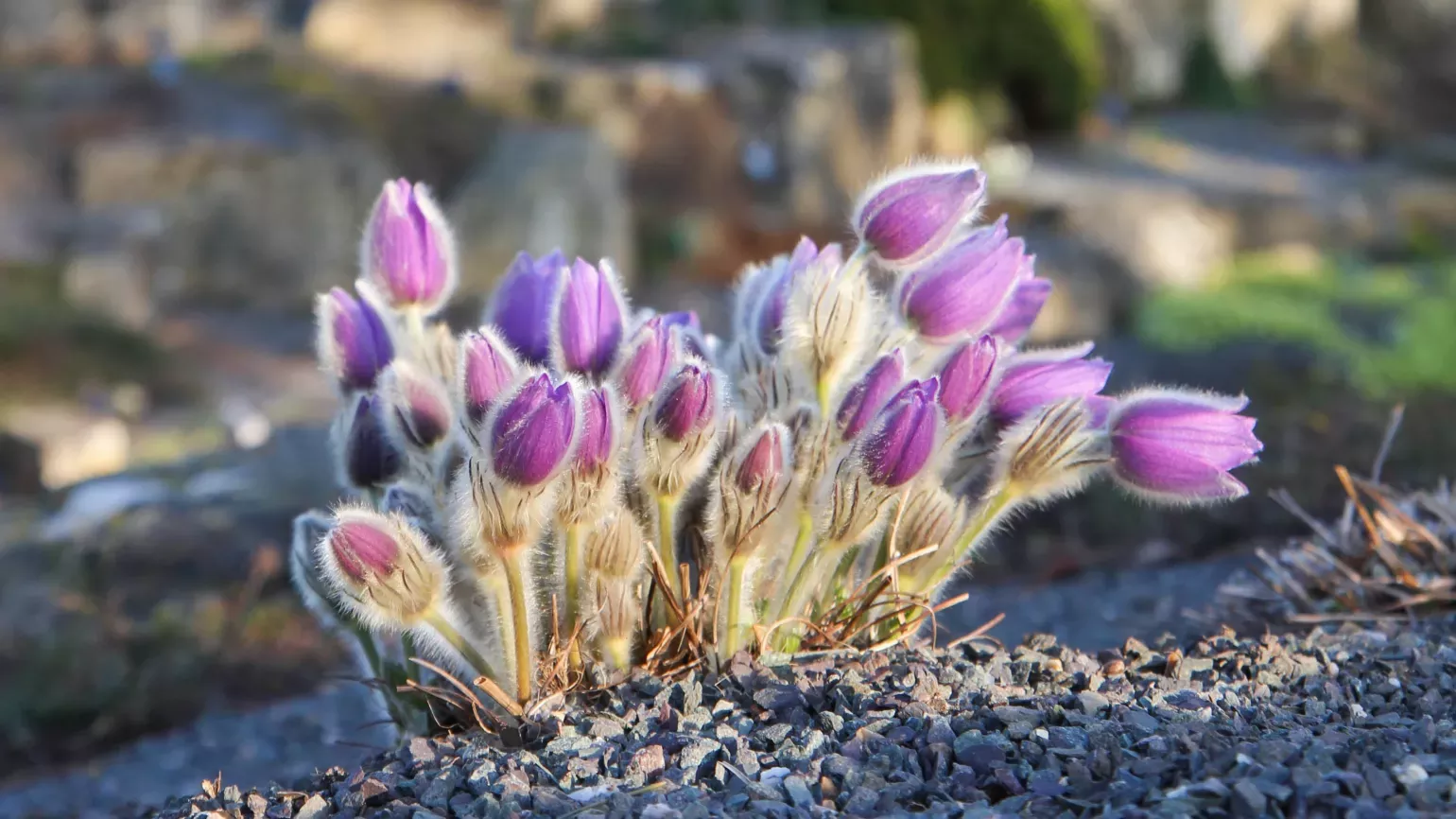
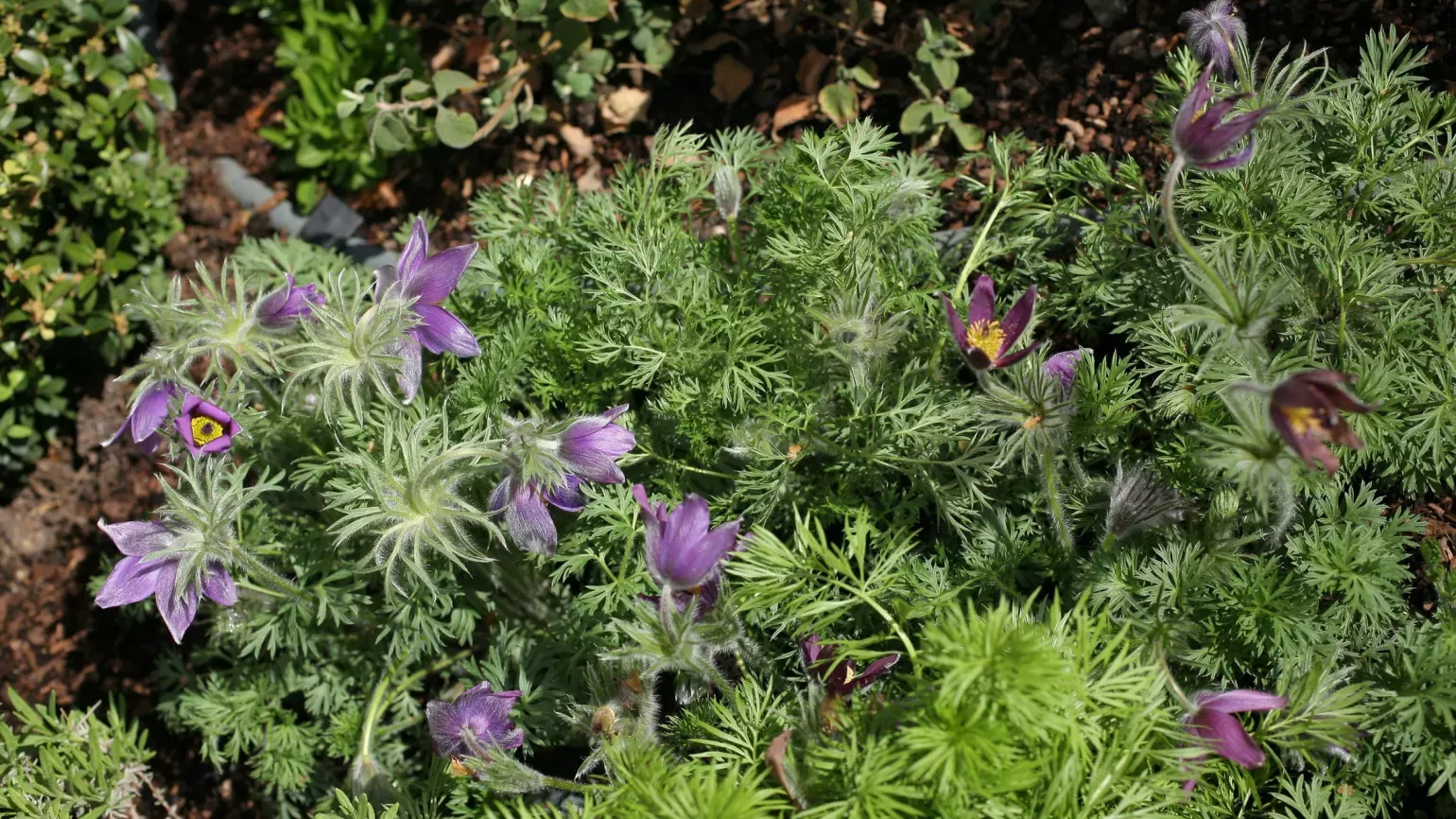
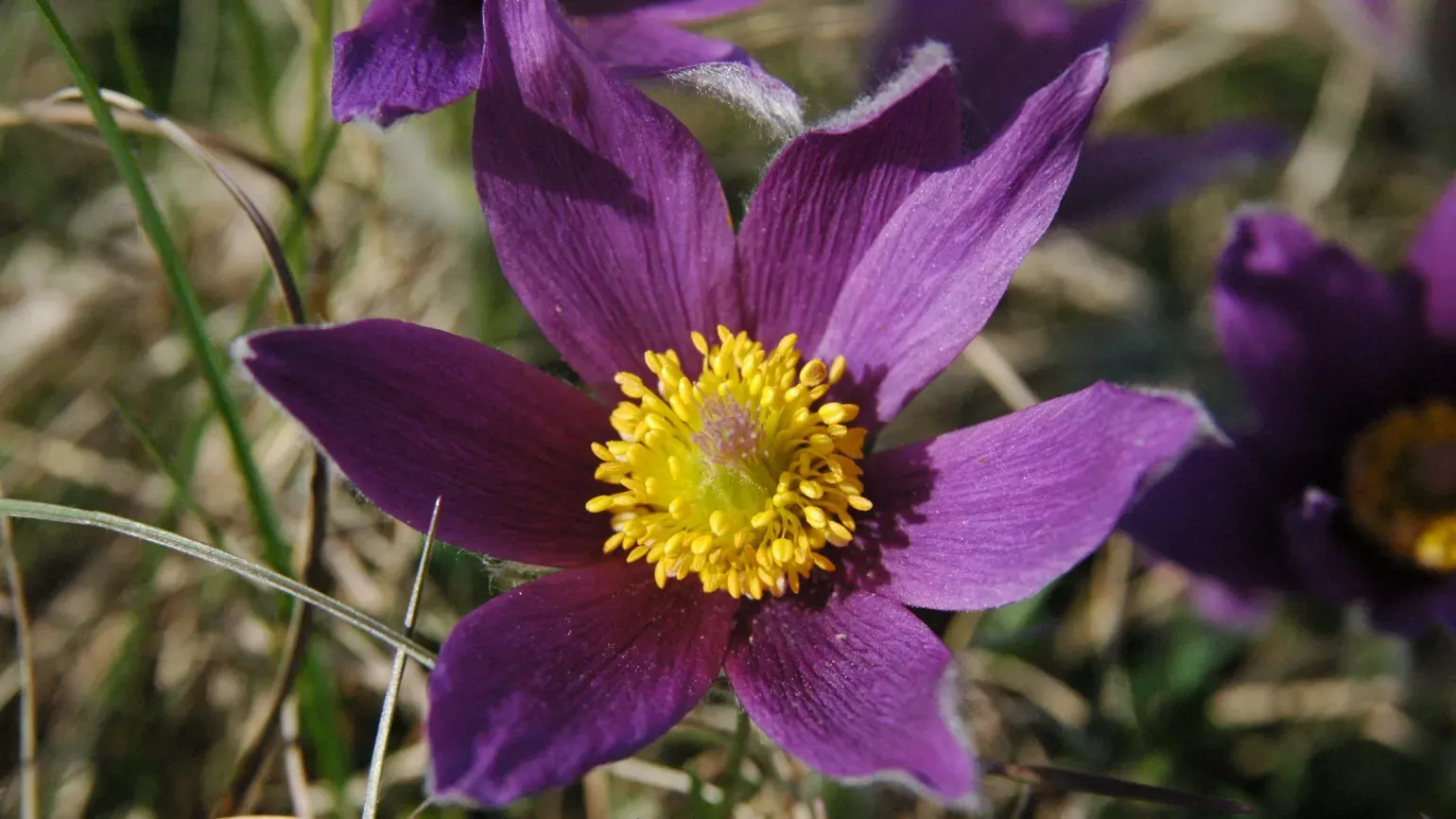
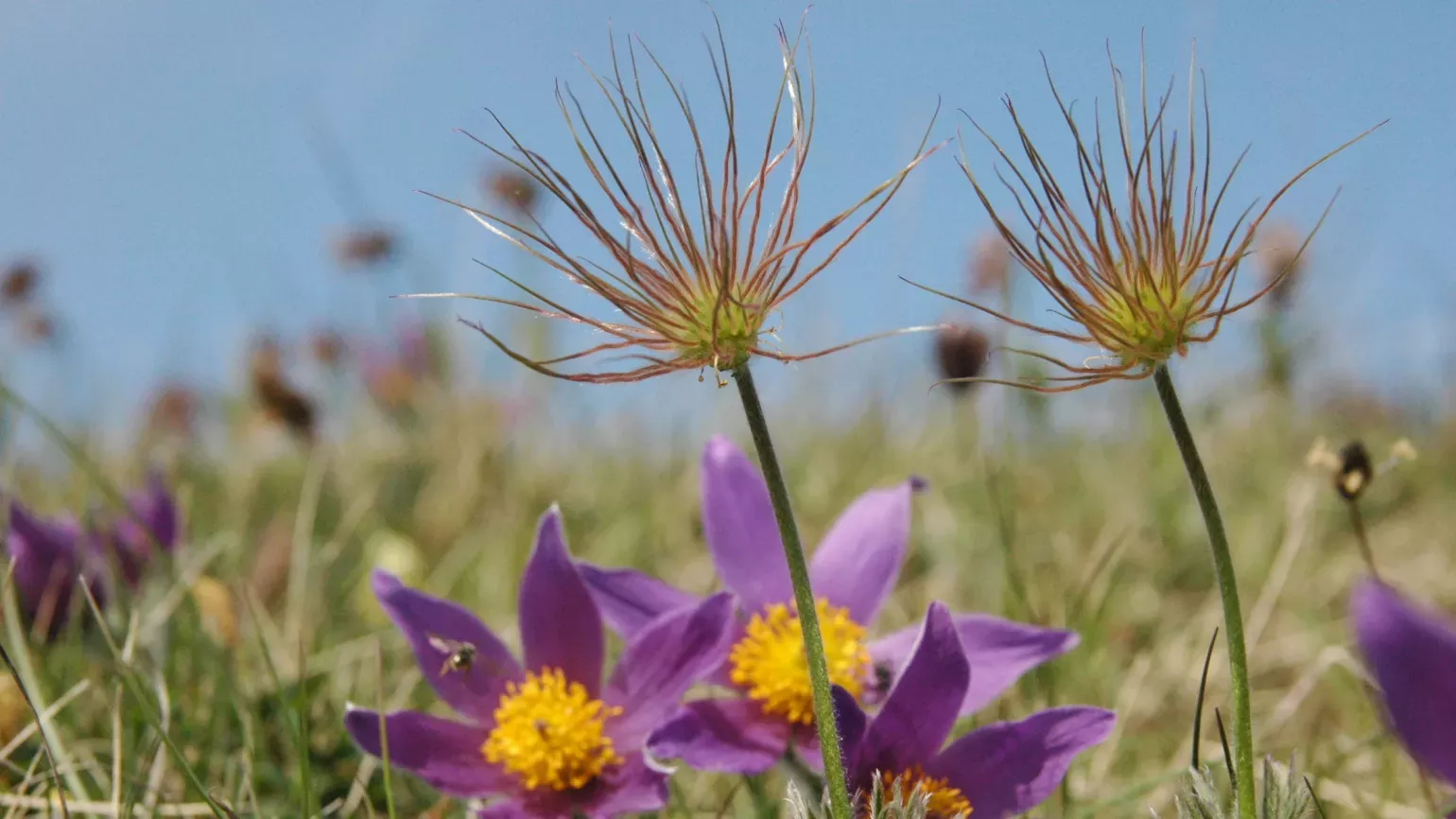
Plant uses
Health
Wild pasqueflowers can be poisonous to humans and animals and can trigger an allergic reaction when touched.
Despite its toxicity, aerial parts of the pasqueflower have been used traditionally in sedatives, painkillers, and remedies for eye conditions such as cataracts.
Did you know?
Legend has it that pasqueflowers rose from bloodshed by the Romans or Danes as they often appear on lands where battles have taken place. In fact, they thrive in these historic sites because they are such undisturbed habitats.
The common name pasqueflower comes from the very old French word for Easter ‘Pasque’; a time associated with the resurrection of Christ in the Christian tradition, and with celebrations of new life brought by the warmth of spring.
Where in the world?
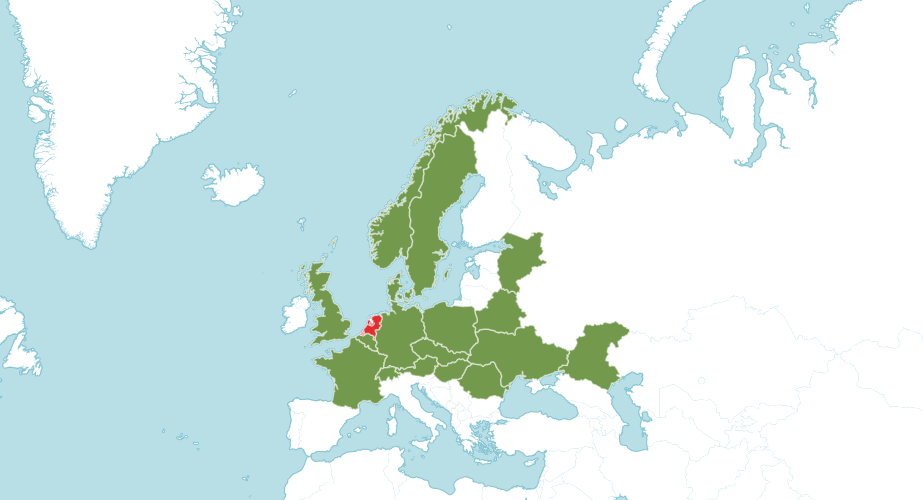
Chalk or limestone grassland, often in full sun.
Find it in our gardens
Kew Gardens
A botanic garden in southwest London with the world’s most diverse living plant collection.
Location
View map of Kew GardensBest time to see
Our work
Swathes of these silky, purple pasqueflowers are now a rare sight in the British countryside.
They are threatened in the UK due to reduced grazing which leads to increased competition among plants, as well as land-use changes such as ploughing-up of chalk grassland.
This has led to the destruction and degradation of their habitat.
Kew scientists conducted genetic studies on UK populations of pasqueflowers and found that they are structured into four distinct groups.
This vital work has enabled Kew’s Millennium Seed Bank to collect and bank seeds from each of these groups of wild pasqueflower to capture their diversity and safeguard them for the future.
This research can also help plan conservation and reintroduction work, ensuring the right seed is used in the right place to create diverse, sustainable wild populations of pasqueflowers.
